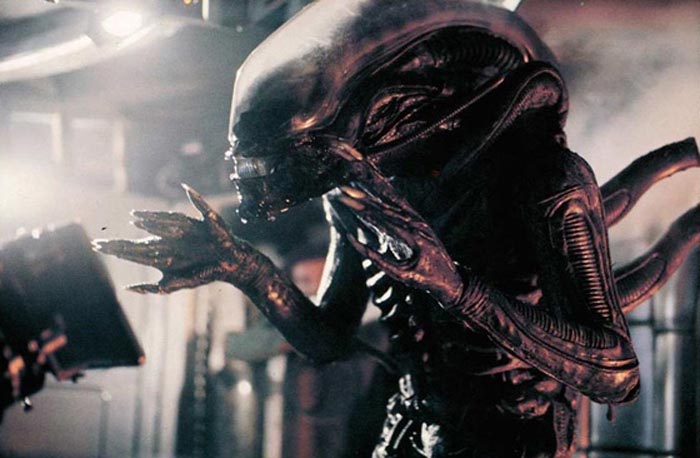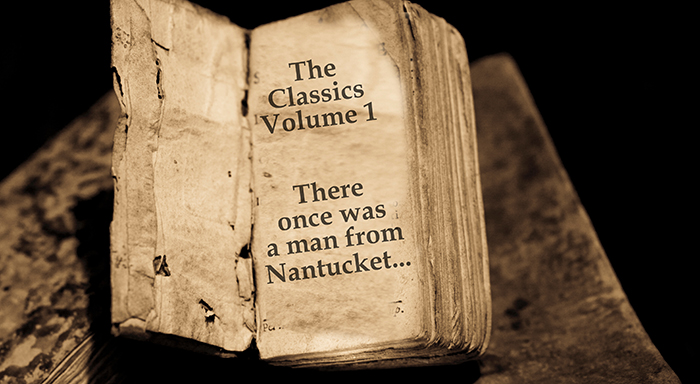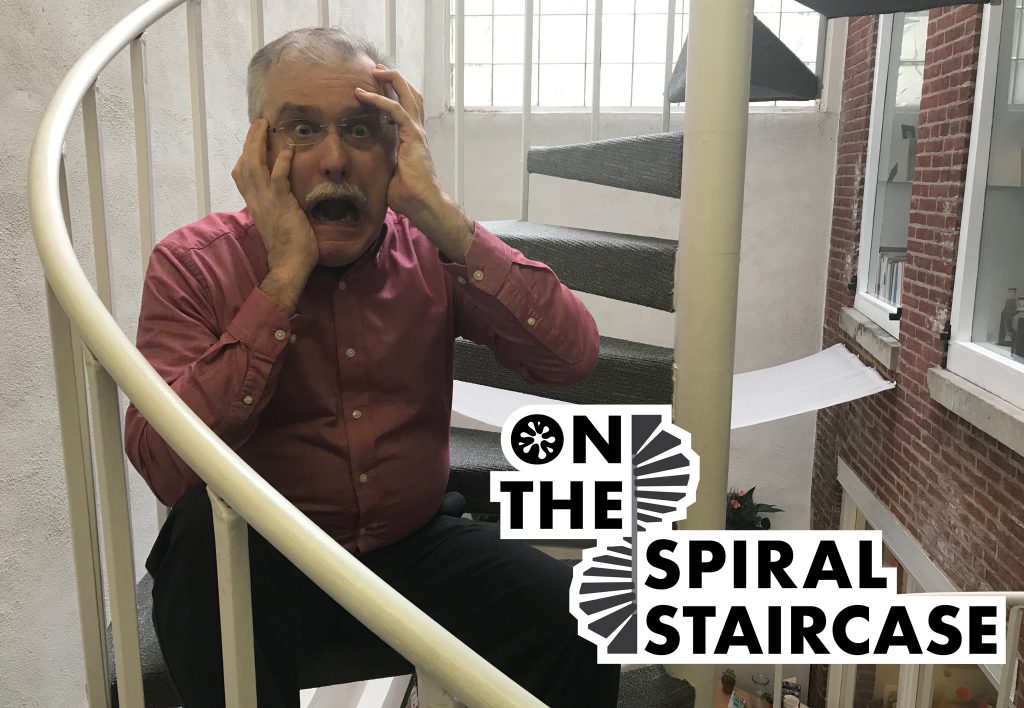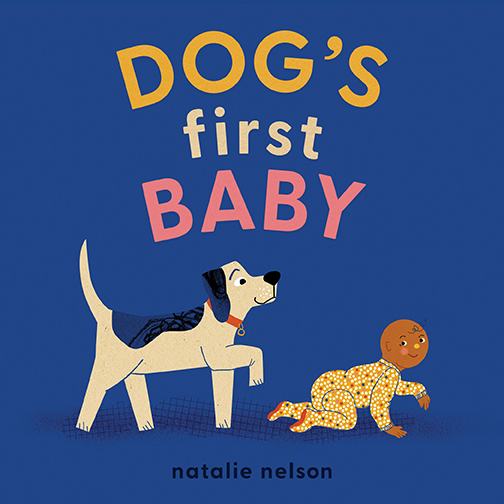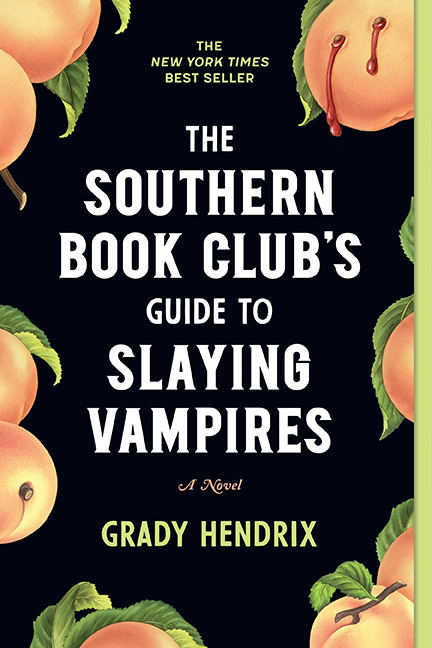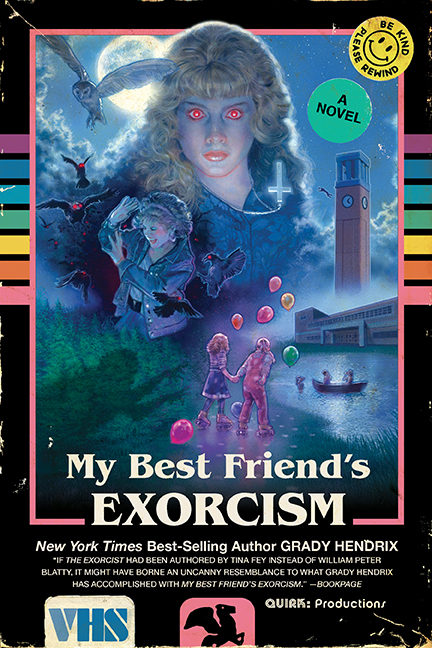Our Blog
The Literary Roles of Amandla Stenberg
[Photo by Patrick Tomasso on Unsplash]
If you’re anything like us, you’ve been making heart eyes at the Everything, Everything trailer for the last few months. And while we’re busy mentally matching scenes from the book with frames from the trailer, Amandla Stenberg is busy making more movies based on our favorite books. So, grab a bag of popcorn and settle in as we geek out about Amandla Stenberg’s incredible literary resume.
Rue from The Hunger Games (2012)
Amandla Stenberg captured our bookworm hearts with her supporting role as Rue in the first installment of The Hunger Games, based on the novel by Suzanne Collins. Her heartbreaking portrayal of Rue, a competitor from District 11, was short-lived but essential in the story’s four-film saga. Stenberg was just 13 years old when the movie was released, setting in motion what is sure to be a long and fruitful career.
Macey Irving from Sleepy Hollow (2013 – 2014)
In 2013, Amandla Stenberg turned to television, guest starring on Sleepy Hollow, a modern adaptation of Washington Irving’s 1820 short story The Legend of Sleepy Hollow. In her small screen debut, Stenberg portrayed Macey Irving, daughter of Police Captain Frank Irving. Stenberg’s season one arc only lasted four episodes, but how many teenagers can claim a television credit where they were possessed by a demon?
Ruby from The Darkest Minds (2018)
With Everything, Everything in theaters, Amandla Stenberg is hard at work filming her next bookish project. The Darkest Minds, based on the series by Alexandra Braken and co-starring Mandy Moore, is anticipated to be in theaters next year so start your countdown now. There’s still so much we don’t know about this movie, but long-time fans of The Darkest Minds know Ruby as a survivor of the plague that killed 98% of the population and the recipient of a new set of supernatural powers. If you’re looking for us, we’ll be over here refreshing Alexandra Braken’s Twitter page for the next year.
Starr from The Hate U Give (in development)
Angie Thomas’ The Hate U Give is so incredible that the movie rights were acquired a year before the book was released. Can you imagine? Amandla Stenberg was attached to play Starr from the beginning, paired with director George Tillman, Jr. of This is Us and Luke Cage fame and screenwriter Audrey Wells, known for her adapatation of Under the Tuscan Sun. The movie hasn’t even begun filming yet, so there’s a lot of exciting news on the way. In the meantime, we’ll be hanging out on Angie Thomas’ Tumblr and buying copies of The Hate U Give for everyone we know.
Posted by Danielle Mohlman
Book Recs for Alien: Covenant
[Movie still from Alien, 20th Century Fox]
The much anticipated Alien: Covenant film hits theaters this weekend. To prepare, you could read one of the many books set in the Alien universe (and you totally should!) . . . or you could check out one of our non-chest bursting sci-fi recommendations. At any rate, keep an eye out for face huggers.
Posted by Sandra Woolf
Aliens Left Out of Guardians of the Galaxy
[Movie still from Guardians of the Galaxy, Marvel Studios]
The Guardians of the Galaxy is an impressive collection of oddballs and misfits, but what of those aliens and otherworldly beings who are too odd for the oddballs? Here’s a list of the folks that wanted to guard the galaxy, but who didn’t have the same capability as foul-mouthed raccoon and a walking tree.
Posted by Jadzia Axelrod
Classic Literature As Limericks
Who has time to read a whole novel these days? With expediency in mind, here are classic works of literature condensed to that most indispensable of poetic forms, the limerick.
Les Miserables
Val Jean, who stole a baguette
Leaves prison without paying his debt
During the French Revolution
He finds a solution:
Be a good dad to his daughter, Cosette
Oliver Twist
Oliver was a boy who was born poor
And caused a row when he asked for more
He falls in with thieves,
Escapes his half-brother’s misdeeds
And declines to settle the score
The Handmaid’s Tale
Offred had her rights removed
By a regime that just wanted her brood
But the Mayday resistance
Offers questionable assistance
And despite qualms, Offred vamoosed
Beloved
Sethe and Denver answer a ghost’s call
And let her have the run of the hall
But as the ghost hangs around
Denver calls in the town
Because slavery leaves scars on us all
The Great Gatsby
Gatsby has himself a scheme
To re-seduce the girl of his dreams
But a billboard with eyes
Watches all of his lies
And he ends up floating downstream
Ulysses
Both Dedalus and Bloom profess
That philosophy is anyone’s guess
They pad around Dublin
Both pub-out and pub-in
But it all hinges on Molly’s “Yes”
Pride & Prejudice
Liz had a poor opinion of Darcy
Because he did not like to party
But as she got to know him
Her love began to grow in
Though she told him off for being a smarty!
Posted by Jadzia Axelrod
Visit Quirk at Book Expo & BookCon!
Are you pumped for Book Expo and BookCon? You should be, because we'll be there at Booth #2602 from 6/1-6/4 hoping to meet you! And as always, we'll have swag.
How do you get the swag? We're glad you asked. Drop by our booth and whisper the top secret password. (It's Quirk E. Godmother.) Can't wait to say hi and talk books!
See below for giveaways, author signings, and more:
Posted by Christina Schillaci
On the Spiral Staircase with Rick Chillot
Rick Chillot’s first job in publishing was in a corporate library, sniffing out story leads for writers and editors. He later went on to write and edit for magazines and books, worked on early Internet ventures during the heyday of AOL and Netscape, had a brief stint at a newspaper, edited a college’s alumni mag, survived as a freelancer for nearly a decade, and crept into Quirk Books four years ago as a writer/editor.


If you were stranded on Mars and could only have one book to read, what would it be?
I guess The Martian Chronicles, so that as I die from lack of oxygen or freeze to death, whichever comes first, I might delude myself into thinking that I’m on a better Mars. I like short stories as much as novels, so Ray Bradbury’s interconnected Mars stories are a perfect combo. I’m not sure I’d be in a reading mood, though, as my lungs collapse and my blood turns to ice. You do know that the average temperature on Mars is negative 80 degrees? I expect I’d use my last breath to curse whoever stranded me there. Probably Doogie.


Tell us about something cool you keep at your desk.
I have a small collection of notes and other things that people have given me over the years and I put them on display according to my mood. For example (in the picture) Kelsey gave me that doodle she did during a meeting, our managing editor left the note, a fake Buddhist monk gave me a fake prayer card, and Blair invited me to her music recital (I didn’t go).
What's your fandom?
Growing up I clung to all the things that would kill any chance I had of being popular or having friends: science fiction, monster movies, D&D, Star Wars and Star Trek, cartoons. But it all started with comics. Comic books were my first glimpse into a world where anything was possible, and where doing the right thing was the measure of a hero. Of course superheroes were a lot less murdery back then.
Check out Mini-Comics Week to take a dive into my fandom.


What's an unexpected talent or side effect you've picked up while working at Quirk?
Talent or curse? You decide. I can’t look at a book without conjuring in my head the discussions that led to the book title. And then in parallel I imagine the discussions we would’ve had about it here at Quirk. (Our decision is inevitably better.)
If you were a Quirk book, which one would you be?
I’d like to be Find Momo, exploring a beautiful world and making friends everywhere I go. But I’m more like The League of Regrettable Superheroes, trying to convince people that my dumbest flaws are the very things that make me so lovable.
Posted by Quirk Books Staff





